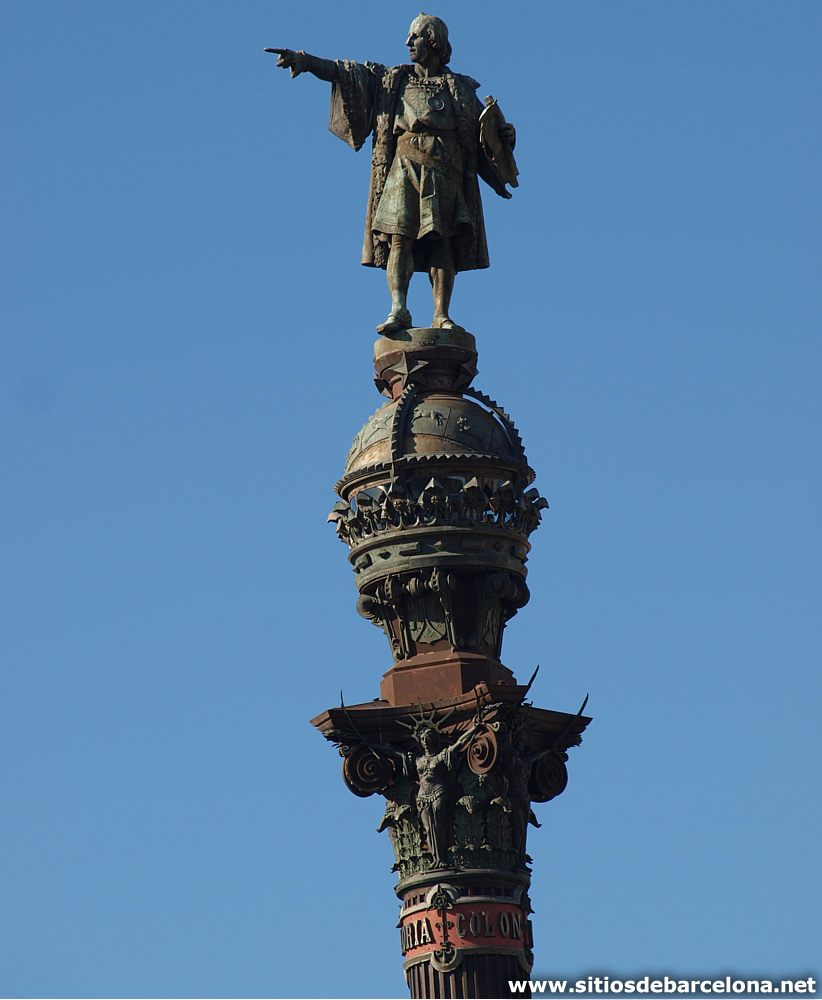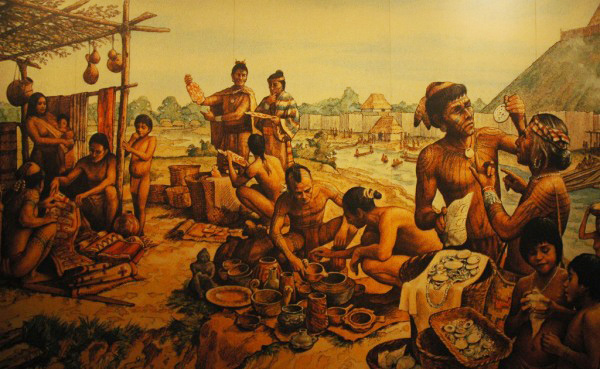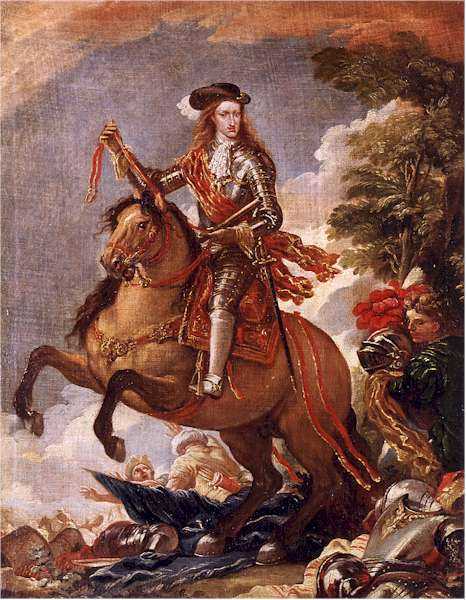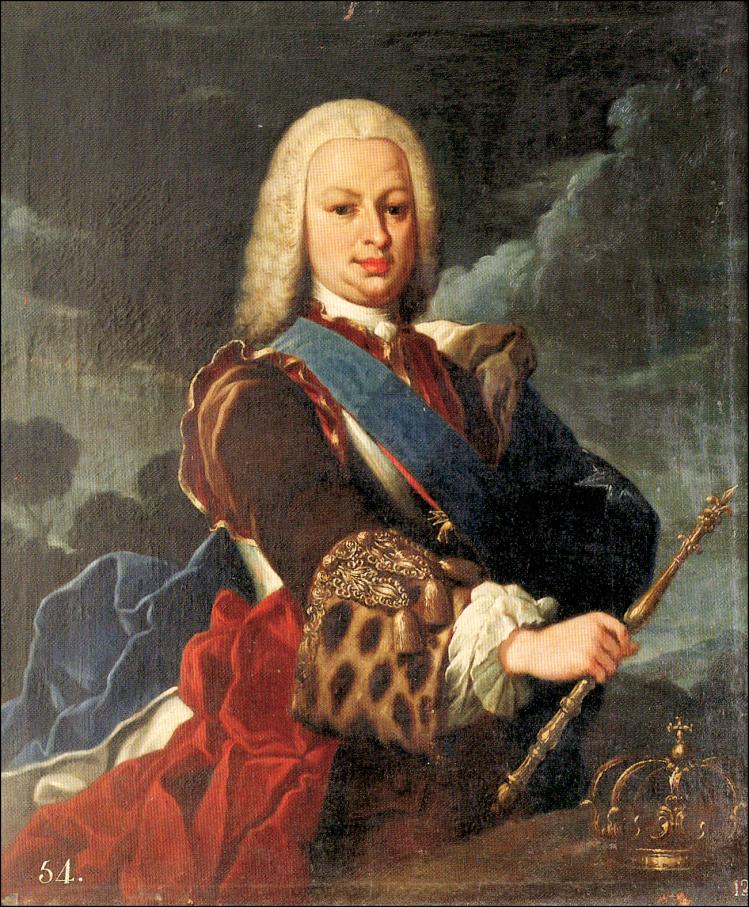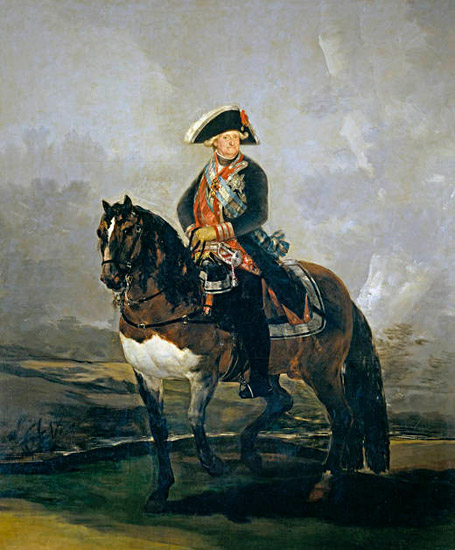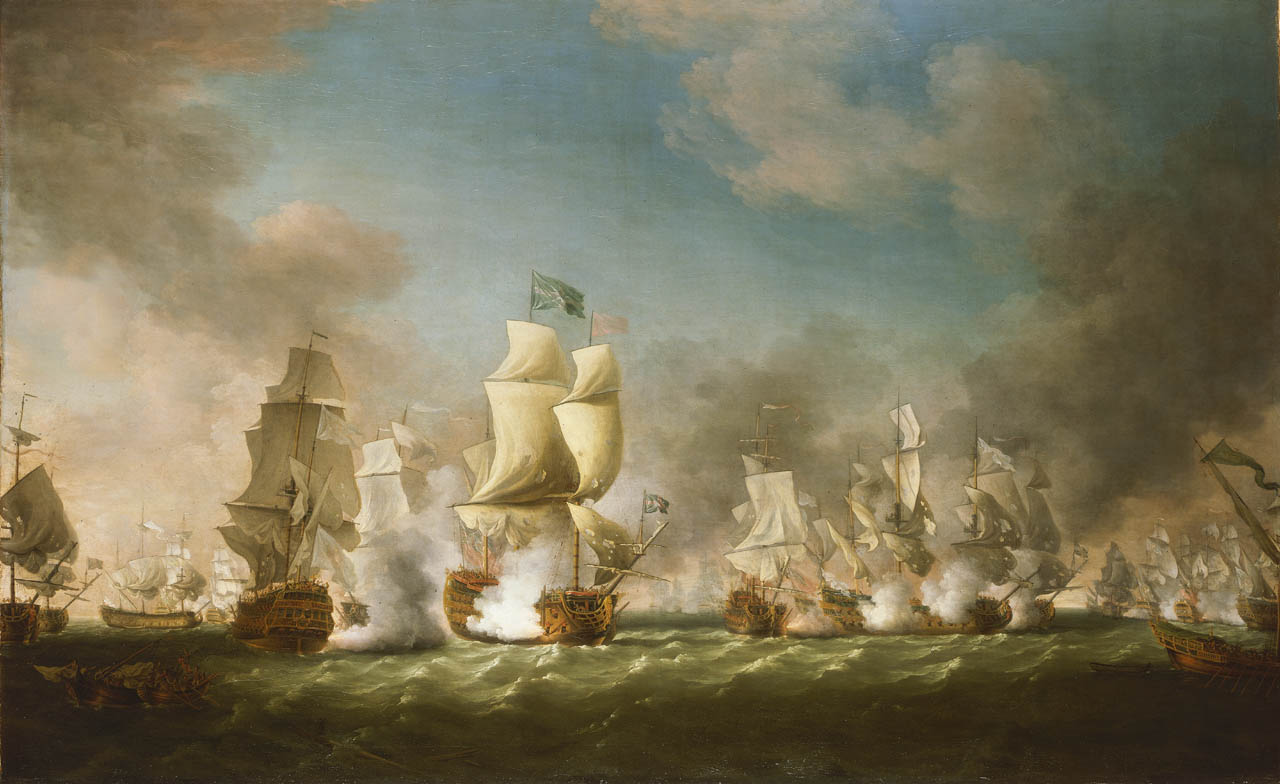The only version of the diary
of the first voyage that we have is the one transcribed
by Bartolome de Las Casas in the 1530s. original diary or of the single
complete copy ordered for Columbus by Queen Isabella.
THURSDAY 11 OCTOBER [1492]
He steered west-southwest. They took much water
aboard, more than they had taken in the whole voyage. They saw petrels and a
green bulrush near the ship. The men of the caravel Pinta saw a cane and a
stick, and took on board another small stick that appeared to have been worked
with iron, and a piece of cane, and other vegetation originating on land, and a
small plank. The men of the caravel Nina also saw other signs of land and a small
stick loaded with barnacles. With these signs, everyone breathed more easily
and cheered up. On this day, up to sunset, they made 27 leagues.
After sunset, he steered his former course to the
west. They made up about 12 miles each hour and, until two hours after
midnight, made about 90 miles, which is twenty-two leagues and a half. And
because the caravel Pinta was a better sailer and went ahead of the Admiral
[Columbus] it found land and made the signals the Admiral had ordered. A sailor
named Rodrigo de Triana saw this land first, and told to the Admira that
although the Admiral, at the tenth hour of the night, while he was on the
sterncasde, saw a light, although it was something so faint that he did not
wish to affirm that it was land. But he called Pedro Gutierrez, the steward of
the King's dais, and told him that there seemed to be a light, and for him to
look: and thus he did and saw it. He also told Rodrigo Sanchez de Segovia, whom
the king and queen were sending as vee-dor [accountant or auditor] of the
fleet, who saw nothing because he was not in a place where he could see it.
After the Admiral said it, it was seen once or twice; and it was like a small
wax candle that rose and lifted up, which too few seemed to be an indication of
land. But the admiral was certain that they were near land, because of which
when they recited the Salve, which in their own way are accustomed to recite
and sing, all being present, the Admiral entreated and admonished them to keep
a good lookout on the forecastle and to watch carefully for land; and to the
man who first told him that he saw land he would later give a silk jacket in
addition to the other rewards that the sovereigns had promised, which were ten
thousand maravedis [copper coins] as an annuity to whoever should see it first.
At two hours after midnight the land appeared, from which they were about two
leagues distant. They hauled down all the sails and kept only the treo, which
is the mainsail without bonnets, and jogged on and off, passing rime until
daylight Friday, when they reached an islet of the Lucayos, which was called
Guanahani in the language of the Indians. Soon they saw naked people; and the
Admiral went ashore in the armed launch, and Martin Alonso Pinzon and his
brother Vicente Anes, who was captain of the Nina. The Admiral brought out the
royal banner and the captains two flags with the green cross, which the Admiral
carried on all the ships as a standard, with an F and a Y [for King Ferdinand
and Queen Isabella], and over each letter a crown, one on one side of the + and
another on the other. Thus put ashore they saw very green trees and many ponds
and fruits of various kinds. The Admiral called to the two captains and to the
others who had jumped ashore and to Rodrigo Descobedo, the escrivano [clerk] of
the whole fleet, Qand to Rodrigo
Sanchez de Segovia; and he said that they should be witnesses that, in the
presence of all, he would take, as in fact he did cake, possession of the said
island for the king and for the queen. Bislords, making the declarations that
were required, and which at more length are contained in the testimonials made
there in writing. Soon many people of the island gathered there. What follows
are the very words of the Admiral in his book, about his first voyage to, and
discovery of, these Indies. I, he says, in order that they would be friendly to
us because I recognized that they were people who would be better freed and
converted to our Holy Faith by love than by force to some of them I gave red
caps, and glass beads which they put on their chests, and many other things of
small value, in which they took so much pleasure and became so much our friends
that it was a marvel. Later they swam to the ships' launches where we were and
brought us parrots and cotton thread in balls and javelins and many other
things, and they traded them to us for other things which we gave them, such as
small glass beads and bells. In sum, they took everything and gave of what they
had willingly. But it seemed to me that they were a people very poor in
everything. All of them go around as naked as their mother bore them; and the
women also, although I did not see more than one quite young girl. And all
those that I saw were young people, for none did I see of more than 30 years of
age. They are all very well formed, with handsome bodies and good faces. They
wear their hair down over their eyebrows except for a little in the back which
they wear long and never cut. Some of them paint themselves with colors black,
and they are of the color of the Canary Islanders, neither black nor white; and
some of them paint themselves in white; and some of them with red, and some of
them with whatever they find. And some of them paint their faces, and some the
whole body, and some of them only the eyes, and some of them only the nose.
They do not carry arms nor are they acquainted with them, because I showed them
swords and they took them by the edge and through ignorance cut themselves.
They have no iron. Their javelins are shafts without iron and some of them have
at the end a fish tooth and others of other things. All of them alike are of
good-sized stature and carry themselves well. I saw some who had marks of
wounds on their bodies and I made signs to them asking them what they were; and
they showed me how people from other islands nearby came there and tried to
take them, and how they defended themselves; and I believed and believe that
they come here from mainland to take them by captive. They should be good and
intelligent servants, for I see that they say very quickly everything that is
said to them; and I believe they would become Christians very easily, for it
seemed to me that they had no religion. Our Lord pleasing, at the time of my
departure I will take six of them from here to Your Highness in order that they
may learn to speak No animal of any kind did I see on this island except
parrots. All are the Admiral's words.
SATURDAY 13 OCTOBER [1492]
As soon as it dawned, many of these people came to the
beach—all young, as I have said, and all of good stature—very handsome people,
with their hair not curly but straight and coarse, like horsehair; and all of
them very wide in-the forehead and head, more so than any other race that I
have seen so far. And their eyes are very handsome and not small; and none of
them are black, but of the color of the Canary Islanders. Nor should anything
else be expected since this island is on an east-west line with the island of
Hierro in the Canaries. All alike have very straight legs and no belly but are
very well formed. They came to the ship with dugouts [canoes] that are made
from the trunk of one tree, like a long boat, and all of one piece, and worked
marvelously in the fashion of the land, and so big that in some of them 40 and
45 men came. And others smaller, down to some in which one man came alone. They
row with a paddle like that of a baker and go marvelously. And if it capsizes
on them then they throw themselves in the water, and they right and empty it
with calabashes [hollowed out gourds] that they carry. They brought balls of
spun cotton and parrots and javelins and other little things that it would be
tiresome to write down, and they gave everything for anything that was given to
them. I was attentive and labored to find out if there was any gold; and I saw
that some of them wore a little piece hung in a hole that they have in their
noses. And by signs I was able to understand that, going to the south or rounding
the island to the south, there was there a king who had large vessels of
it and had very much gold. I strove to get them to go there and later saw that
they had no intention of going. I decided to wait until the afternoon of the
morrow and then depart for the southwest, for, as many of them showed me, they
said there was land to the south and to the southwest and to the northwest and
that these people from the northwest came to fight them many times. And so I
will go to the southwest to seek gold and precious stones. This island is quite
big and very flat and with very green trees and much water and a very large
lake in the middle and without any mountains; and all of it so green that it is
a pleasure to look at. And these people are very gentle, and because of their
desire to have some of our things, and believing that nothing will be given to
them without their giving something, and not having anything, they take what
they can and then throw themselves into the water to swim. But everything they
have they give for anything given to them, for they traded even pieces for
pieces of bowls and broken glass cups, and I even saw 16 balls of cotton given
for three Portuguese ceotis [copper coins], which is a Castilian blanca
[a copper coin worth half of a maravedi]. And in them there was probably
more than an arroba [around 24 pounds] of spun cotton. This I had forbidden and
I did not let anyone take any of it, except that I had ordered it all taken for
Your Highnesses if it were in quantity. It grows here on this island, but
because of the short rime I could not declare this for sure. And also the gold
that they wear hung in their noses originates here; but in order not to lose
time I want to go see if I can find the island of Cipango. Now, since night had
come, all the Indians went ashore in their dugouts.
SUNDAY
14 OCTOBER [1492]
As
soon as it dawned I ordered the ships boat and the launches of the caravels
made ready and went north-northeast along the island in order to see what there
was in the other part, which was the eastern part. And also to see the
villages, and I soon saw two or three, as well as people, who all came to the
beach calling to us and giving thanks to God. Some of them brought us water;
others, other things to eat; others, when they saw that I did not care to go
ashore, threw themselves into the sea swimming and came to us, and we
understood that they were asking us if we had come from the heavens. And one
old man got into the ships boat, and others in loud voices called to all the
men and women: Come see the men who came from the heavens. Bring them something
to eat and drink. Many men came, and many women, each one with something,
giving thanks to God, throwing themselves on the ground; and they raised their
hands to heaven, and afterward they called to us in loud voices to come ashore.
But I was afraid, seeing a big stone reef that encircled that island all
around. And in between the reef and shore there was depth and harbor for as
many ships as there are in the whole of Christendom, and the entrance to it is
very narrow. It is true that inside of this belt of stone there are some
shallows, but the sea is no more disturbed than inside a well. And I bestirred
myself this morning to see all of this, so that I could give an account of
everything to Your Highnesses, and also to see where a fort could be made. And
I saw a piece of land formed like an island, although it was not one, on which
there were six houses. This piece of land might in two days be cut off to make
an island, although I do not see this to be necessary since these people are
very naive about weapons, as Your Highnesses will see from seven that I caused
to be taken in order to carry them away to you and to learn our language and to
return them. Except that, whenever Your Highnesses may command, all of them can
be taken to Castile or held captive in this same island; because with 50 men
all of them could be held in subjection and can be made to do whatever one
might wish. And later, near the island mentioned above, groves of trees, the
most beautiful that I saw and with their leaves as green as those of Castile in
the months of April and May, and lots of water. I looked over the whole of that
harbor and afterward returned to the ship and set sail, and I saw so many
islands that I did not know how to decide which one I would go to first. And
those men whom I had taken told me by signs that they were so very many that
they were numberless. And they named by their names more than a hundred.
Finally I looked for the largest and to that one I decided to go and so I am
doing. It is about five leagues distant from this island of San Salvador, and
the others of them some more, some less. All are very flat without mountains
and very fertile and all populated and they make war on one another, even
though these men are very simple and very handsome in body.
MONDAY
15 OCTOBER [1492]
I had killed time this
night for fear of reaching land to anchor before morning, because of not
knowing whether the coast was clear of shoals, and as soon as it dawned I
spread sail; and as the island was farther than five leagues, rather about seven,
and the tide detained me, it was around noon when I reached the said island and
I found that the face which is in the direction of San Salvador runs
north-south and that there are in it five leagues; and the other, which I
followed, runs east-west, and there are in it more than ten leagues. And since
from this island I saw another larger one to the west, I spread sail to go
forward all that day until night because I would not yet have been able to
reach the western cape of the island, to which island I gave the name Santa
Maria de la Concepcion. And close to sundown I anchored near the said cape in
order to find out if there was gold there, because these men that I have had
taken on the island of San Salvador kept telling me that they wear very large
bracelets of gold on their legs and on their arms. I well believe that all they
were saying was a ruse in order to flee. Nevertheless, my intention was not to
pass by any island of which I did not take possession, although if it is taken
of one, it may be said that it was taken of all.

